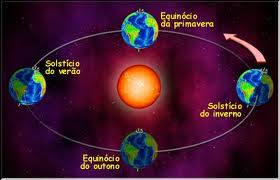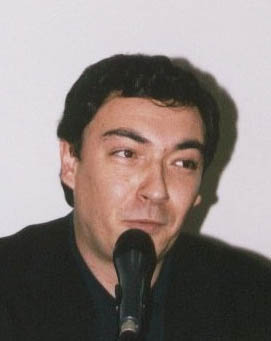 Spring starts this year on March 20th at 5:14 am. But isn't it true and well known that spring always starts on the 21st? So what happened to make this season a few hours ahead of this year?
Spring starts this year on March 20th at 5:14 am. But isn't it true and well known that spring always starts on the 21st? So what happened to make this season a few hours ahead of this year?
Is the Earth accelerating on its translational journey around the Sun? None of that. But in order to understand the phenomenon, we need to characterize what determines the beginning of spring.
In astronomical terms, the beginning of this season is defined by the time when the northern hemisphere boreal equinox or the southern hemisphere's southern equinox occurs. The word equinox comes from the Latin words aequus (equal) and nox (night), that is, it means equal nights. This happens when the Sun's apparent orbit (ie, the Sun's apparent motion to an observer on Earth) crosses the plane that results from the projection of the Earth's equator onto the celestial horizon. In other words, it refers to times when day and night have the same duration, that is, 12 hours.
Over the course of an Earth year, this happens twice in each hemisphere: in early spring and early autumn. Note that these seasons occur inversely in each hemisphere: the beginning of spring in the northern hemisphere coincides with the beginning of autumn in the southern hemisphere and vice versa.
For the same hemisphere, in our case the north, the two equinoxes occur on exactly opposite sides of the Earth's orbit around the Sun. However, the dates on which they happen do not divide the year into equal parts! It is not difficult to calculate, from the average verified dates for the equinoxes and the average length of the year (average because we have to take leap years into account), that the spring equinox occurs 179,25 days after the autumn equinox, and that the latter is 186 days after the spring that precedes it.
This is explained by the fact that the Earth's orbit around the Sun is elliptical and not circular, as we have known since 1609 thanks to Kepler (1571 – 1630), and the fact that the Earth is closer to the Sun (perihelion) in the first days of January.
Now it turns out that this closer proximity to the Sun makes the Earth's speed at this time of the year the highest in its entire orbit and, as predicted by Kepler's 2nd law, it moves more quickly towards the equinox of Spring than when approaching the autumnal equinox, after passing the point where our planet is furthest from the Sun (aphelion, on July 5th).
Interestingly, Ptolemy (90 – 168) also noted the inequality in the length of seasons, but tried to explain the observation from a circular orbit of the Sun around the Earth, but not centered exactly on it, ie containing an epicycle.
Furthermore, as mentioned above, the period between two spring equinoxes is about 6 hours longer than in an ordinary year (365 days). Thus, the spring of a given year starts 6 hours later than the spring of the previous common year in the Gregorian calendar. After 3 years, there is an advance of about 18 hours.
However, the calendar adjustment introduced by the leap year produces an apparent delay of 6 hours. Over the same century, the equinox tends to occur earlier until calendar adjustments occur by a sequence of common 7 years.
In fact, in this century there have only been two years in which spring occurred on the 21st (2003 and 2007) and it is expected to start on the 19th of March in 2040.
Biochemical
Coordinator of the Science in the Regional Press project – Ciência Viva



















Comments